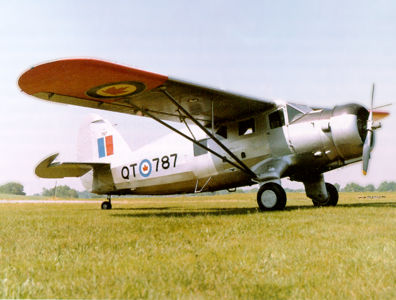
In Canada, bush flying refers to aviation in sparsely populated northern areas. Flight in the Arctic and the “bush” of the Canadian Shield developed between the world wars. Early bush pilots faced the challenges of cold weather and vast distances between communities. Given the rarity of airstrips, their planes were often equipped with skis or floats so that they could take off and land on water or snow. This type of aviation was key to developing services and industries in the North. While the romantic image of the bush pilot is associated with the past, bush flying continues to serve remote communities in Canada.
Bush flying emerged at the end of the First World War. By that time, most of southern Canada was linked by railways, but the North remained as inaccessible as ever by land. Its many lakes and rivers did, however, provide landing areas for water-based aircraft in summer and ski-equipped aircraft in winter. Early navigation was basically by recognition as pilots followed the course of rivers.
A general air service in Quebec and Ontario, Laurentide Air Service Ltd., succeeded the paper company’s earlier aerial operations. In 1924, Laurentide offered the first regular Canadian airmail, passenger and freight service from Haileybury, Ontario, to Rouyn, Quebec. Laurentide ceased operation in 1925. For the next several years, the major bush-flying organization in Canada was the Ontario Provincial Air Service (OPAS). The OPAS, established in 1924, was devoted almost entirely to forestry operations.
Analysis
This article is very interesting because it talks about the changes of the uses of Bush Flying from when it was first introduced. It was originally used to get to inaccessible areas that couldn’t be accessed by railroad. It is also interesting how it was used to locate forest fires. This need for movement in hard to reach areas and rough terrain created a ton of innovation. How did the cold influence the designs of the plane and other amenities? How would this design have changed if this took place in the tropics? This aircraft was also used to transport patients. After watching a video of bush flying I find it quite remarkable of the flexibility of this aircraft. Air transportation usually relies on tarmac and an airport. But just using the water as a runway allows for greater freedom in transport. What if you could apply this to other large spaces of land that isn’t attached to an airport? This would have incredible implications for mass casualty transport if an airport is totally overwhelmed with incoming crafts. Additionally, could this eliminate the need for airports if we transitioned to these types of planes? Could that even be possible?



